Key Takeaways
Lightweight durable fiberglass statues blend practicality and artistry, making them ideal for both indoor and outdoor settings. Their composite material—fiberglass reinforced with resin—creates a robust structure that withstands weather extremes while remaining easy to move. Unlike traditional bronze, fiberglass offers a similar metallic finish at a fraction of the weight, reducing installation challenges and costs.
"Fiberglass allows artists to replicate intricate details of bronze sculptures without sacrificing durability or adaptability," notes sculptor Elena Marquez.
A key advantage lies in its eco-conscious production. Fiberglass statues often incorporate recycled materials and require less energy to manufacture than metal alternatives. For maintenance, a simple routine ensures longevity:
| Feature | Fiberglass | Traditional Bronze |
|---|---|---|
| Weight | Light (20-50 lbs) | Heavy (200-500+ lbs) |
| Weather Resistance | High (UV-resistant) | Moderate (Patina over time) |
| Cost | Affordable | Expensive |
| Maintenance | Low (Wash with mild soap) | High (Regular polishing) |
| Eco-Friendliness | Recyclable materials | Energy-intensive casting |
Transitioning to fiberglass doesn’t mean compromising aesthetics. Advanced finishing techniques create bronze-like textures, making it hard to distinguish from metal at a glance. Whether used in gardens, lobbies, or public spaces, these statues maintain their appeal with minimal upkeep. For optimal results, avoid abrasive cleaners to preserve surface details.
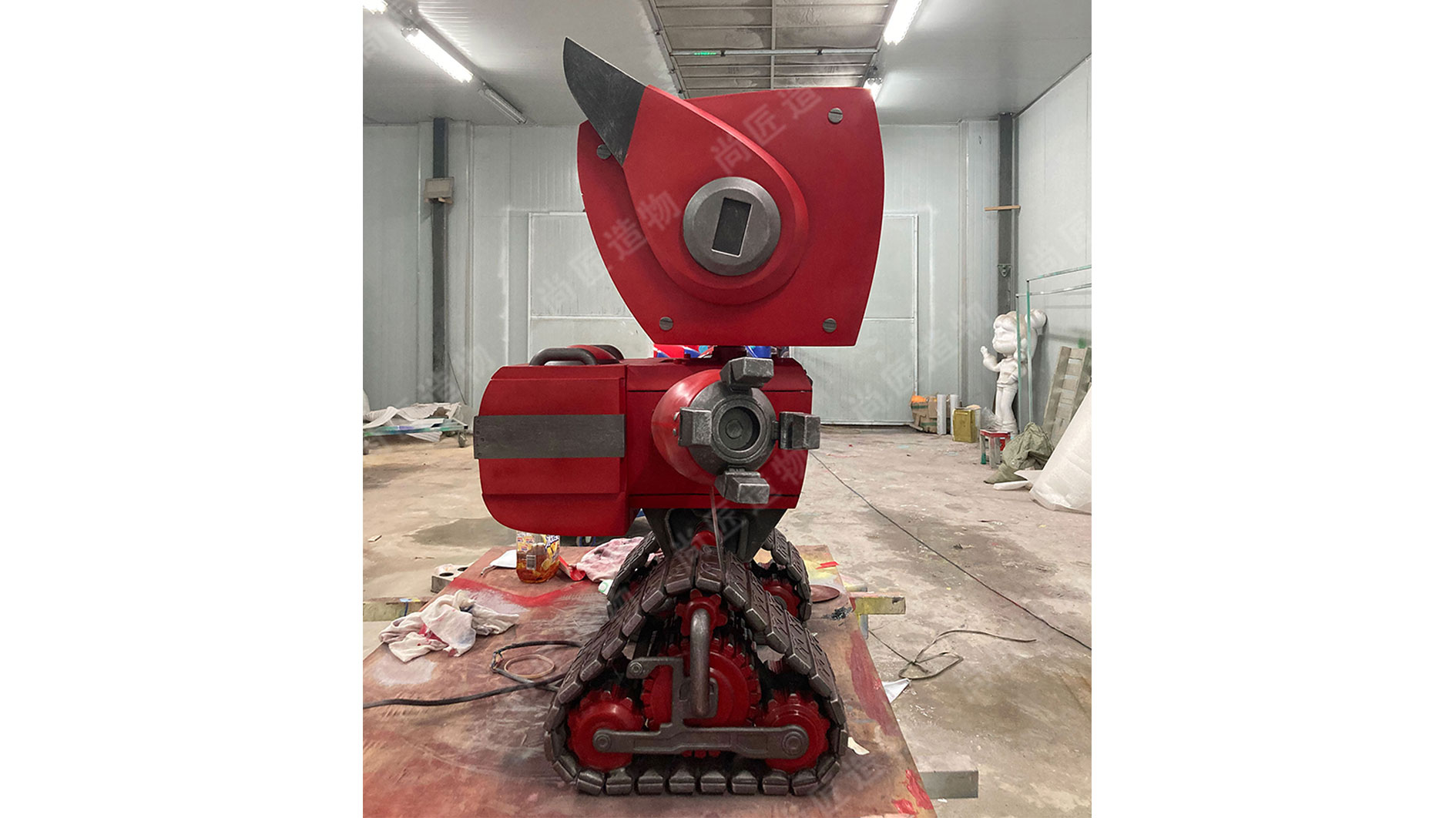
Lightweight Fiberglass Statues: Key Benefits Explained
Lightweight fiberglass statues have become a preferred choice for both residential and commercial spaces due to their unique combination of practicality and aesthetic appeal. Unlike traditional materials like stone or concrete, fiberglass offers a significantly reduced weight—often up to 70% lighter—without compromising structural integrity. This makes transportation, installation, and repositioning far simpler, especially for large-scale pieces. The material’s durability stems from its composite construction, which layers resin with reinforced glass fibers to resist cracking, chipping, and UV degradation.
Another advantage lies in its adaptability to harsh environments. Fiberglass statues withstand temperature fluctuations, moisture, and prolonged sun exposure, making them ideal for outdoor displays. For instance, IP character sculpture designs leverage these properties to maintain vibrant details in gardens or public spaces year-round. Beyond practical benefits, fiberglass allows for intricate artistic detailing, including bronze-like finishes that mimic the elegance of metal sculptures at a fraction of the cost. These features, paired with eco-conscious production methods—such as recyclable materials and reduced energy use—position fiberglass as a sustainable alternative in modern statuary.

Composite Materials in Modern Sculpture Design
Modern sculpture design has increasingly turned to composite materials like fiberglass to address the limitations of traditional mediums. Unlike stone or metal, fiberglass sculpture integrates layers of glass fibers embedded in resin, creating a material that balances strength and adaptability. This combination allows artists to achieve intricate details without the weight or fragility of classical materials, making large-scale installations more practical for both indoor galleries and outdoor public spaces.
The versatility of fiberglass lies in its layered construction, which can be adjusted during manufacturing to enhance durability or refine surface textures. For instance, additives such as UV inhibitors or fire retardants are often mixed into the resin matrix, tailoring the material to specific environmental conditions. Additionally, fiberglass’s moldability supports experimental forms—from abstract shapes to lifelike figures—while maintaining structural integrity.
Compared to bronze or concrete, fiberglass reduces transportation and installation costs due to its lightweight nature. This shift aligns with contemporary demands for sustainable art practices, as the material’s longevity minimizes replacement needs. As sculptors continue exploring composite innovations, fiberglass remains a cornerstone in merging artistic ambition with functional design.
Weather-Resistant Features of Fiberglass Artwork
Fiberglass statues excel in outdoor settings due to their engineered resistance to environmental stressors. Unlike traditional materials like stone or wood, fiberglass combines a polyester resin matrix with layered fiberglass strands, creating a non-porous surface that repels moisture and prevents cracking. A protective gel coat, often integrated during molding, acts as a barrier against UV radiation, reducing color fading even under prolonged sun exposure. This durability is reinforced by additives such as UV stabilizers and anti-oxidants, which mitigate degradation from temperature fluctuations or saltwater air—ideal for coastal installations.
Additionally, fiberglass’s flexibility allows it to withstand minor impacts without structural damage, a critical advantage in areas prone to heavy winds or accidental contact. For instance, realistic sculpture designs maintain intricate details without succumbing to weathering, thanks to these material innovations. These features make fiberglass artwork a practical choice for gardens, public spaces, or regions with extreme seasonal changes, aligning functionality with aesthetic longevity.
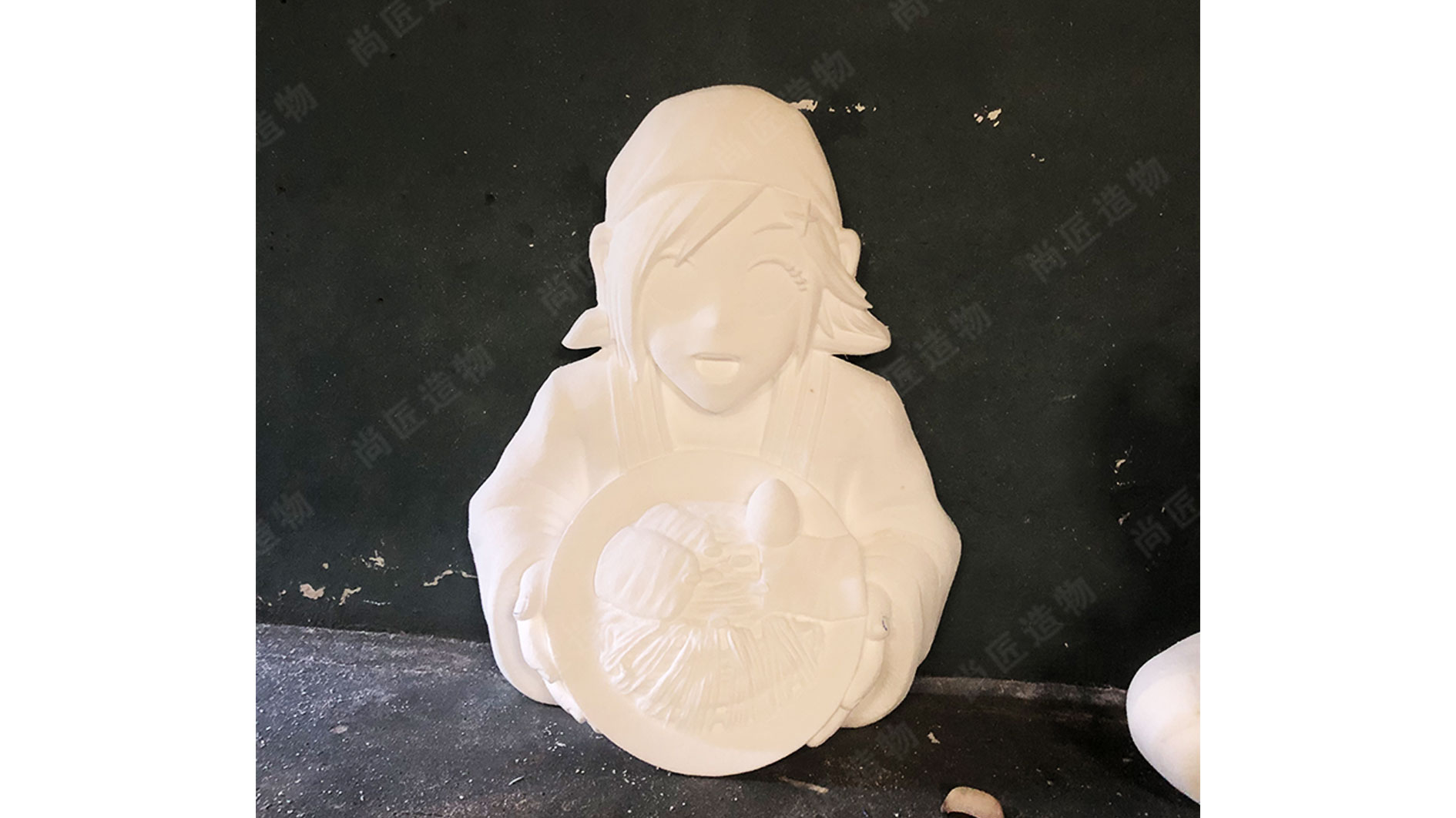
Bronze-Like Finishes for Indoor/Outdoor Decor
Fiberglass statues achieve their metallic elegance through advanced finishing techniques that mimic the depth and texture of traditional bronze. By applying layered coatings of metallic pigments, epoxy resins, and UV-resistant sealants, artisans create surfaces that replicate aged patinas or polished bronze appearances. This process allows outdoor installations to withstand rain, humidity, and temperature shifts without tarnishing, while indoor pieces retain their luster with minimal upkeep. Unlike stainless steel sculptures, which often emphasize modern minimalism, fiberglass finishes prioritize classical artistry at a fraction of the weight. The material’s adaptability supports intricate detailing—from faux verdigris effects to golden highlights—making it ideal for replicating historical motifs or blending with contemporary landscapes. Additionally, these finishes are often enhanced with eco-friendly acrylics, reducing environmental impact compared to traditional metalworking processes. Whether used as garden focal points or lobby centerpieces, fiberglass statues maintain visual authenticity while offering practical advantages like chip resistance and easy cleaning.
Eco-Conscious Designs in Modern Statuary
The growing emphasis on sustainability has reshaped how artists and manufacturers approach statuary design. Lightweight fiberglass statues exemplify this shift, as their production often incorporates recycled materials and energy-efficient processes. Unlike traditional sculpting methods that rely on resource-intensive metals, fiberglass composites reduce waste and lower carbon footprints without compromising structural integrity. Manufacturers increasingly use low-VOC resins and eco-friendly coatings, minimizing environmental harm while maintaining weather-resistant qualities.
This focus on sustainability extends to artistic expression, enabling creators to experiment with forms that reflect ecological themes—from abstract nature-inspired shapes to Cartoon sculpture designs that appeal to younger audiences. Additionally, the material’s adaptability allows for finishes that mimic aged bronze or stone, offering classic aesthetics without the environmental toll of mining or metalcasting. By aligning durability with eco-conscious practices, modern fiberglass statues meet both artistic and ethical demands, resonating with consumers seeking decor that harmonizes with green living principles.
Maintenance Tips for Long-Lasting Fiberglass Statues
Proper maintenance ensures fiberglass statues retain their aesthetic appeal and structural integrity for decades. Begin with regular cleaning using mild soap and water to remove dirt or organic buildup, avoiding abrasive tools that could scratch protective coatings. For outdoor installations, inspect surfaces annually for cracks or chips, which may expose the composite core to moisture. Minor imperfections can be repaired with weather-resistant epoxy resins, followed by touch-up paints to match original finishes. To preserve bronze-like metallic patinas, apply UV-resistant sealants every 2-3 years, particularly in sunny climates.
When moving fiberglass pieces—especially kinetic sculptures designed for motion—lift from the base rather than protruding details to prevent stress fractures. Indoor statues benefit from dusting with microfiber cloths and avoiding prolonged exposure to heat sources, which may warp thin sections. For eco-conscious upkeep, opt for biodegradable cleaners and non-toxic waxes to align with sustainable design principles. By combining proactive care with material-specific solutions, these lightweight artworks can withstand seasonal shifts and maintain their visual impact across indoor and outdoor settings.

Versatility of Fiberglass in Artistic Applications
Fiberglass has redefined artistic possibilities by merging adaptability with structural integrity. Unlike traditional materials such as stone or wood, fiberglass allows artists to craft intricate details and dynamic forms without compromising durability. This flexibility supports applications ranging from small indoor figurines to monumental outdoor installations. For instance, garden statues benefit from fiberglass’s resistance to temperature fluctuations, while museum pieces leverage its ability to replicate textures like aged bronze or polished marble through advanced finishing techniques.
The material’s lightweight nature simplifies transportation and installation, making it ideal for temporary exhibitions or site-specific public art. Additionally, fiberglass accommodates experimental designs—artists can layer pigments directly into the resin or embed mixed-media elements without weakening the structure. Its compatibility with molds also enables limited-edition reproductions, democratizing access to high-quality sculptures.
As a bridge between classical aesthetics and modern innovation, fiberglass empowers creators to push boundaries while maintaining practical considerations like cost and environmental impact. This balance ensures its growing presence in both commercial decor markets and avant-garde art circles.
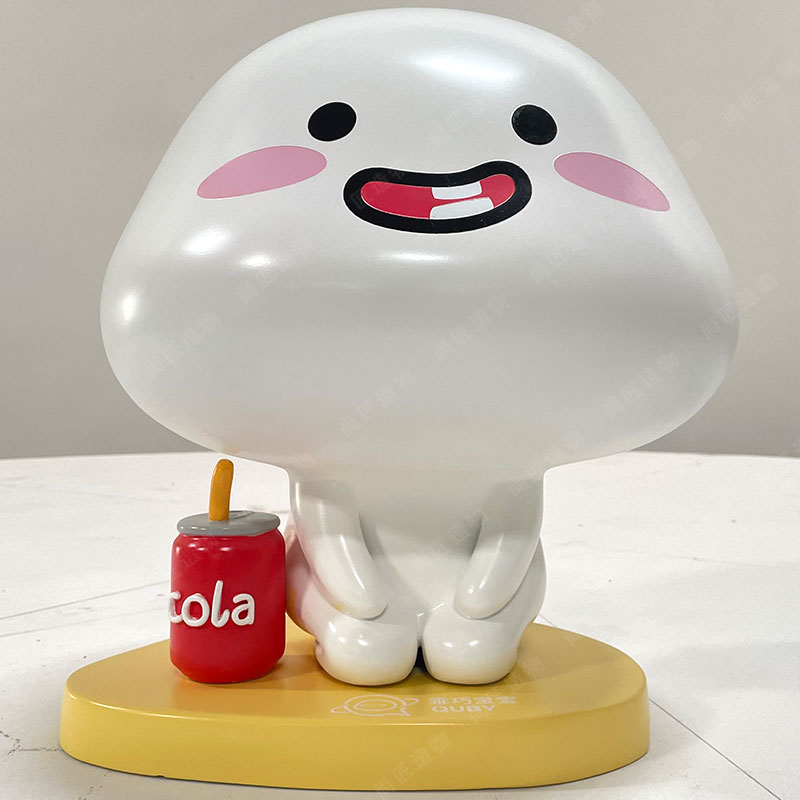
Comparing Fiberglass and Traditional Bronze Sculptures
Fiberglass statues have emerged as a practical alternative to traditional bronze sculptures, addressing key limitations while maintaining aesthetic appeal. While bronze has long been prized for its timeless elegance, its substantial weight and susceptibility to environmental wear pose challenges for modern applications. Fiberglass, by contrast, achieves similar visual richness through advanced finishing techniques—such as patina effects or metallic coatings—while weighing up to 80% less. This makes installation safer and expands placement options, from rooftop gardens to indoor galleries.
Durability further differentiates the two materials. Bronze develops a protective patina over time but remains vulnerable to corrosion in coastal or high-humidity environments. Fiberglass resists rust, UV damage, and temperature fluctuations due to its composite structure, requiring minimal maintenance beyond occasional cleaning. Cost-effectiveness also favors fiberglass: producing bronze sculptures involves labor-intensive casting and costly raw materials, whereas fiberglass allows for scalable manufacturing without sacrificing detail.
However, bronze retains cultural and historical significance that synthetic materials cannot replicate. For projects prioritizing heritage authenticity, bronze remains irreplaceable. Yet for most contemporary needs—especially eco-conscious or budget-sensitive designs—fiberglass offers a balanced blend of tradition and innovation. This comparison underscores why artists and architects increasingly choose fiberglass for versatile, long-lasting installations.
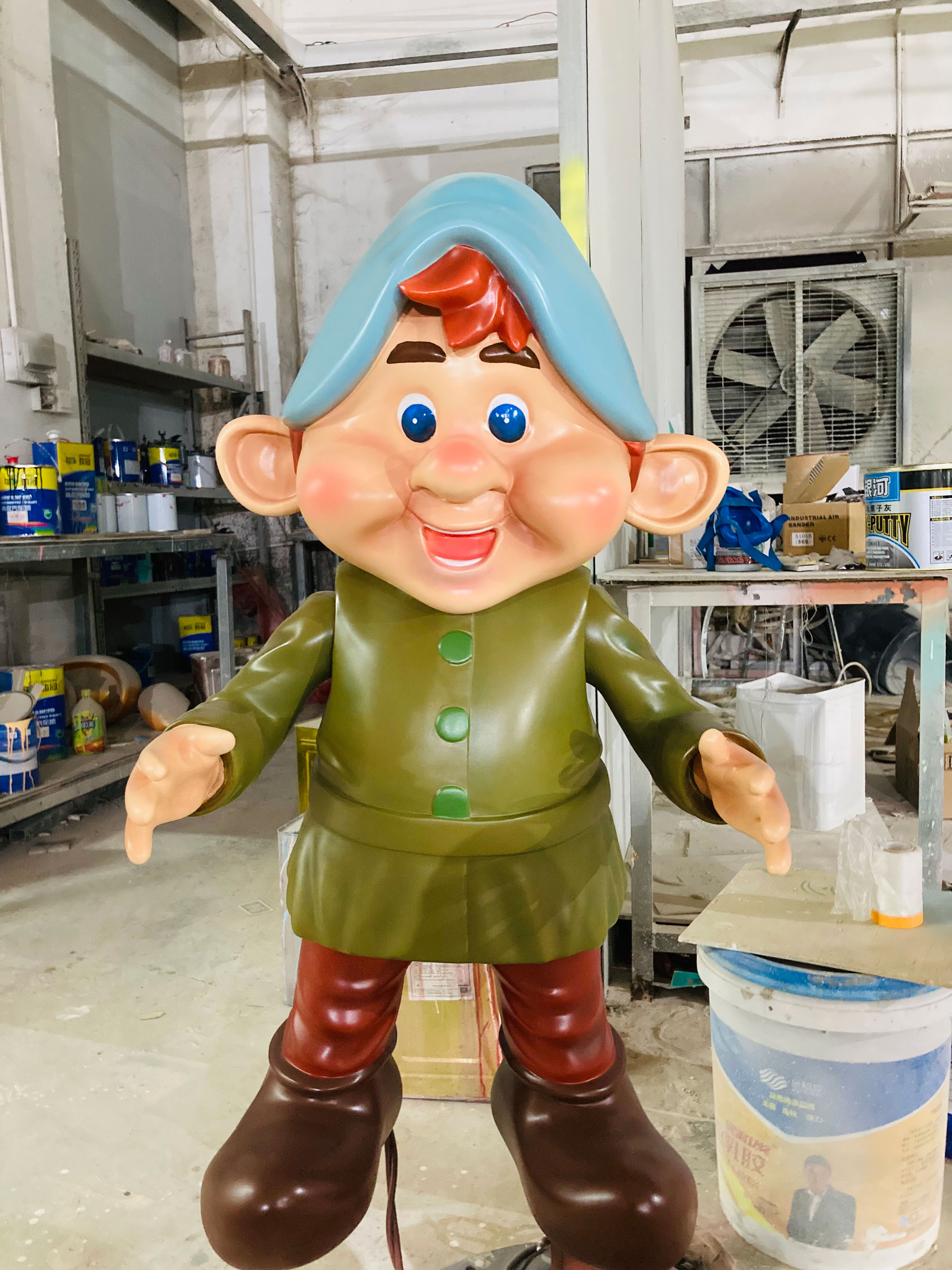
Conclusion
Fiberglass statues have redefined modern decor by merging practicality with artistic ambition. Their lightweight construction reduces installation challenges, while the inherent durability of composite materials ensures resistance to environmental stressors like moisture, UV exposure, and temperature fluctuations. Unlike traditional mediums, fiberglass allows for intricate detailing that mimics bronze patinas, creating high-end visual appeal without the maintenance demands of metal. The eco-conscious nature of fiberglass—often incorporating recycled materials and requiring fewer resources for production—aligns with growing sustainability priorities in design. As adaptable indoor or outdoor pieces, these statues balance aesthetic versatility with structural resilience, offering solutions for spaces where heavier materials would be impractical. When paired with routine cleaning and protective coatings, their lifespan rivals that of classical sculptures. This combination of innovation and functionality positions fiberglass as a transformative medium in contemporary art, bridging historical craftsmanship with modern engineering demands.
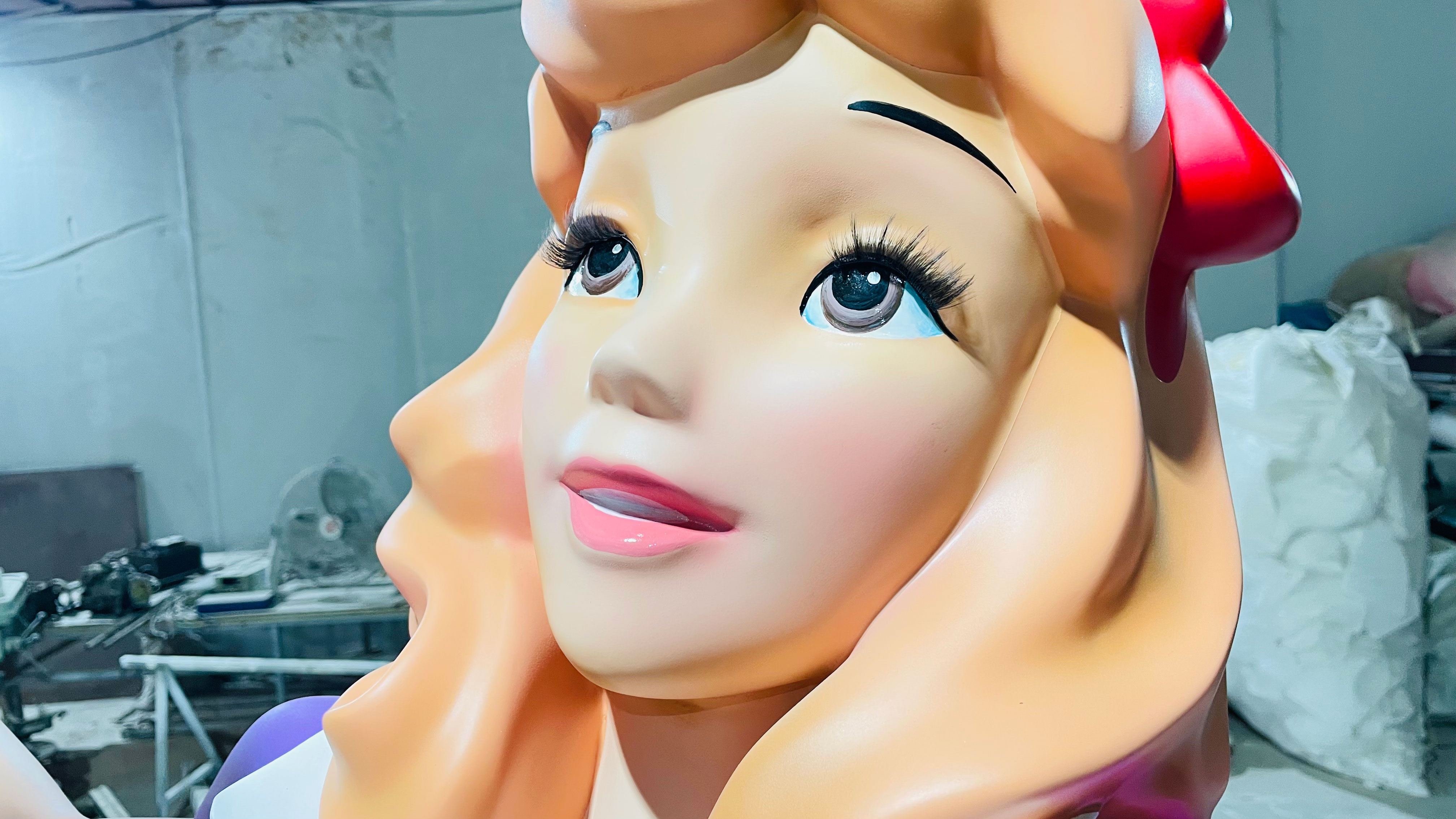
FAQs
What makes fiberglass statues both lightweight and durable?
Fiberglass combines resin and glass fibers, creating a composite material that maintains structural integrity while weighing up to 60% less than traditional materials like stone or concrete. This balance of density and strength allows for easy installation without sacrificing longevity.
Are fiberglass statues suitable for harsh weather conditions?
Yes, fiberglass is inherently weather-resistant. The material resists corrosion, UV damage, and temperature fluctuations. Protective coatings, such as automotive-grade gel coats, further enhance its ability to withstand rain, snow, and prolonged sun exposure.
How do bronze-like finishes on fiberglass statues hold up over time?
Modern patina techniques and epoxy coatings replicate the appearance of aged bronze while preventing tarnishing. These finishes are chemically bonded to the fiberglass surface, ensuring they remain intact even in high-traffic outdoor environments.
Can fiberglass statues be customized for specific design needs?
Fiberglass’s malleability during molding allows for intricate details and custom sizes, from garden gnomes to life-sized sculptures. Artists can also adjust textures and finishes to mimic materials like stone, metal, or wood.
What maintenance is required to preserve fiberglass artwork?
Routine cleaning with mild soap and water prevents dirt buildup. Inspecting for chips or cracks annually and applying touch-up sealant ensures the protective layer remains effective. Avoid abrasive cleaners to maintain surface finishes.
How does fiberglass compare to bronze in terms of cost and installation?
Fiberglass statues cost 30–50% less than bronze equivalents due to lower material and production expenses. Their reduced weight also minimizes shipping fees and eliminates the need for heavy-duty mounting systems.
Are fiberglass statues environmentally friendly?
Many manufacturers now use recycled glass fibers and low-VOC resins. Additionally, fiberglass’s longevity reduces the need for frequent replacements, lowering its overall environmental footprint compared to less durable materials.
Do fiberglass statues require special permits for public installations?
While lightweight designs simplify installation, local regulations may still apply for permanent displays. Always verify zoning laws and weight restrictions, particularly for rooftop or balcony placements.
 ch
ch English
English






